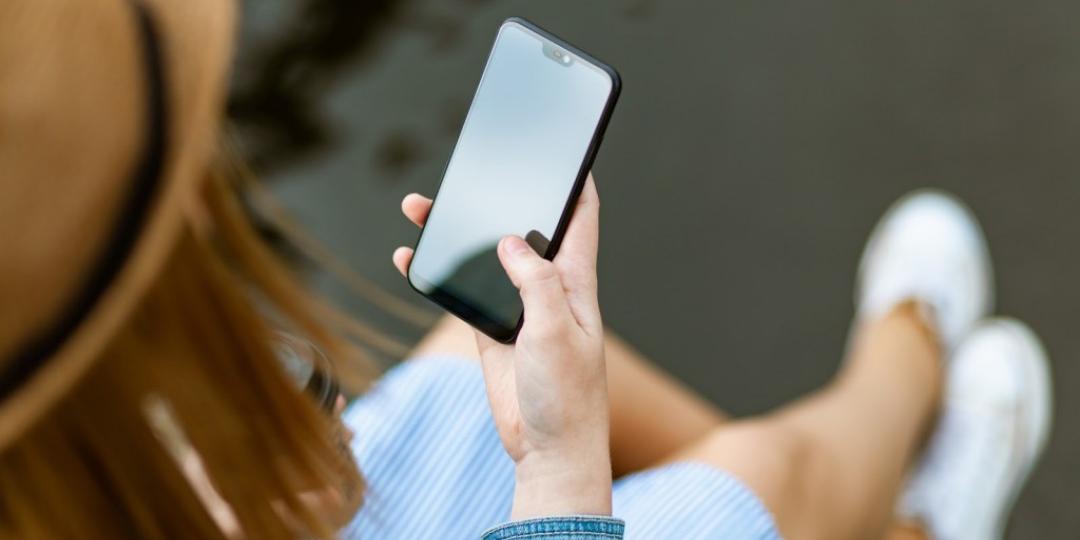The private sector – which includes the Tourism Business Council of South Africa (TBCSA) and the inbound industry association, SATSA – is set to harness technology to ensure tourists’ safety.
To that end, a Tourism Operations Centre will be established under the auspices of the TBCSA to guide and manage the implementation of the Tourism Safety Strategy 2018 plan and deploy the SECURA Traveller technology to support Tourism Monitors and safety objectives from July 1.
“The private sector is in the process of securing funds and they are confident of deployment by July,” said Minister of Tourism, Patricia de Lille, briefing the media yesterday on a series of tourism safety interventions the government and the private sector have agreed to collaborate on to ensure barriers to tourism growth are effectively addressed.
“A key intervention identified in the Tourism Safety Strategy of 2018 – which I’m determined to see implemented now – is the use of technology and, specifically, apps, that can improve visitor safety and support,” she said.
“For example,” added the Minister, “an app that tourists can download with all safety information and request specific types of help with the click of a button. There are several apps in the market that all are geared towards tourist safety.”
De Lille said the Department of Tourism had been working with the police service (SAPS) to develop tourist safety tips that had a QR-code that allowed tourists to scan the tips and have them electronically.
The safety tips have also been incorporated into the MY-SAPS app for easy access. SAPS indicated that it intended enhancing the features of its app and was also looking at ways of creating more awareness about the app.
SECURA app
De Lille said the private sector was also set to roll out a safety app called SECURA, which is solely dedicated to tourist safety nationally.
The app is already in use and being marketed via SATSA at R49 (€2.36) per download/coupon, which is valid for 30 days. This is aimed primarily at inbound operators so that they could embed it into their costs, she explained.
The app integrates affordable emergency medical responses, breakdowns and crime-related incident assistance. It also includes SECURA’s panic button – which is accessible via mobile phone or in the form of a panic button on the app, which connects travellers and tourism stakeholders to hundreds of emergency responders when every second counts.
These responders are ready and equipped to assist in any emergency situation. The panic button on the app connects travellers and tourism stakeholders to over 200 private security companies and over 60 emergency medical service providers.
How it works
1. User activates the panic button
2. Nearby response providers are notified and accept call out, directed by a live GPS location
3. The Incident Centre calls the user to check emergency status and provide remote support
4. Traveller safety is secured and aftercare services initiated. Responders will arrive at the scene and stabilise the situation. In the case of EMS, they will transport the patient to the nearest most appropriate medical facility.
De Lille pointed out that her department, provincial governments, the SAPS and the private sector would continue to meet on a regular basis to refine the plans and report back on the commitments. “We will also continue to brief the media and the public on the various safety measures in the coming weeks and months.”























